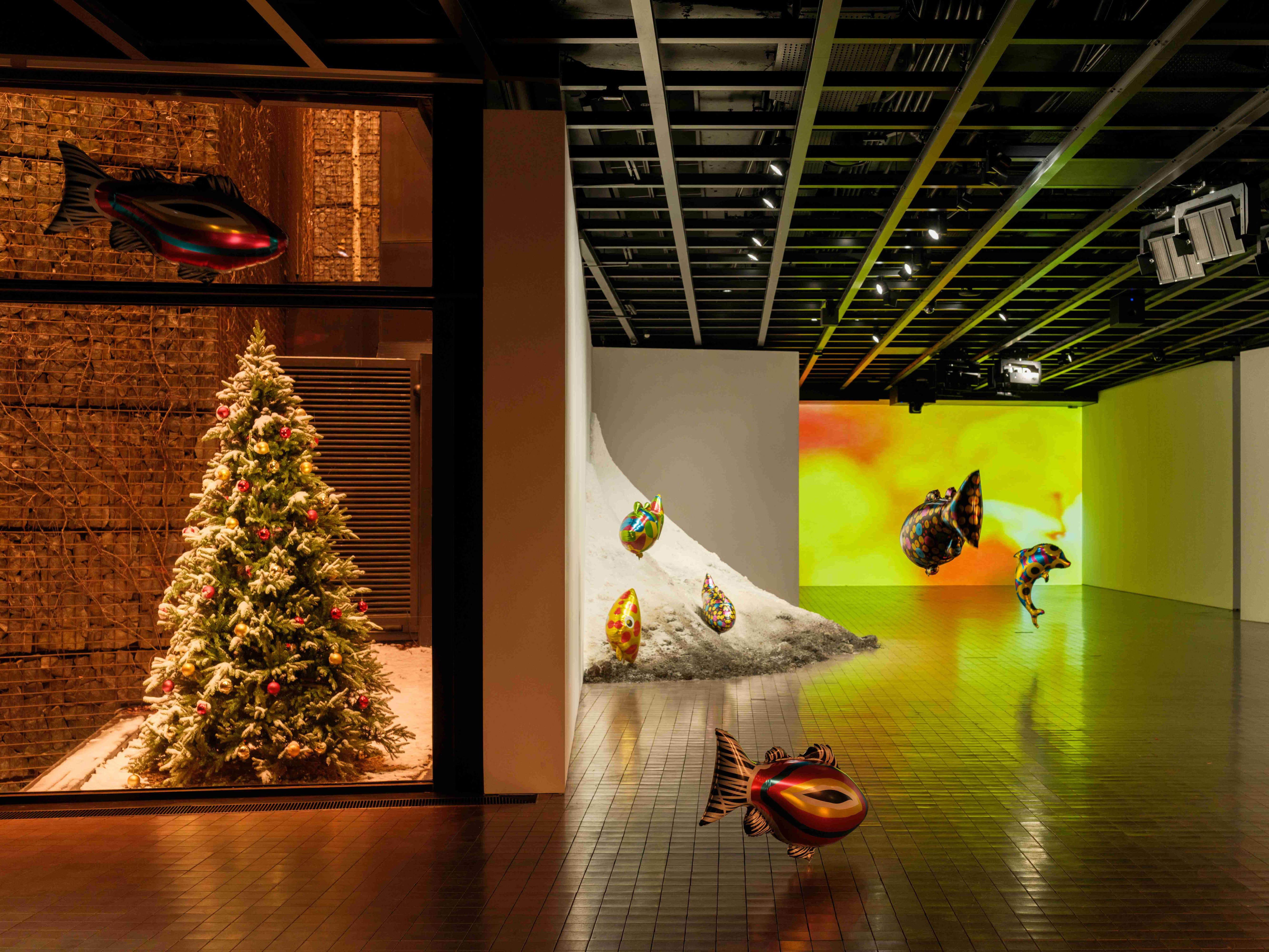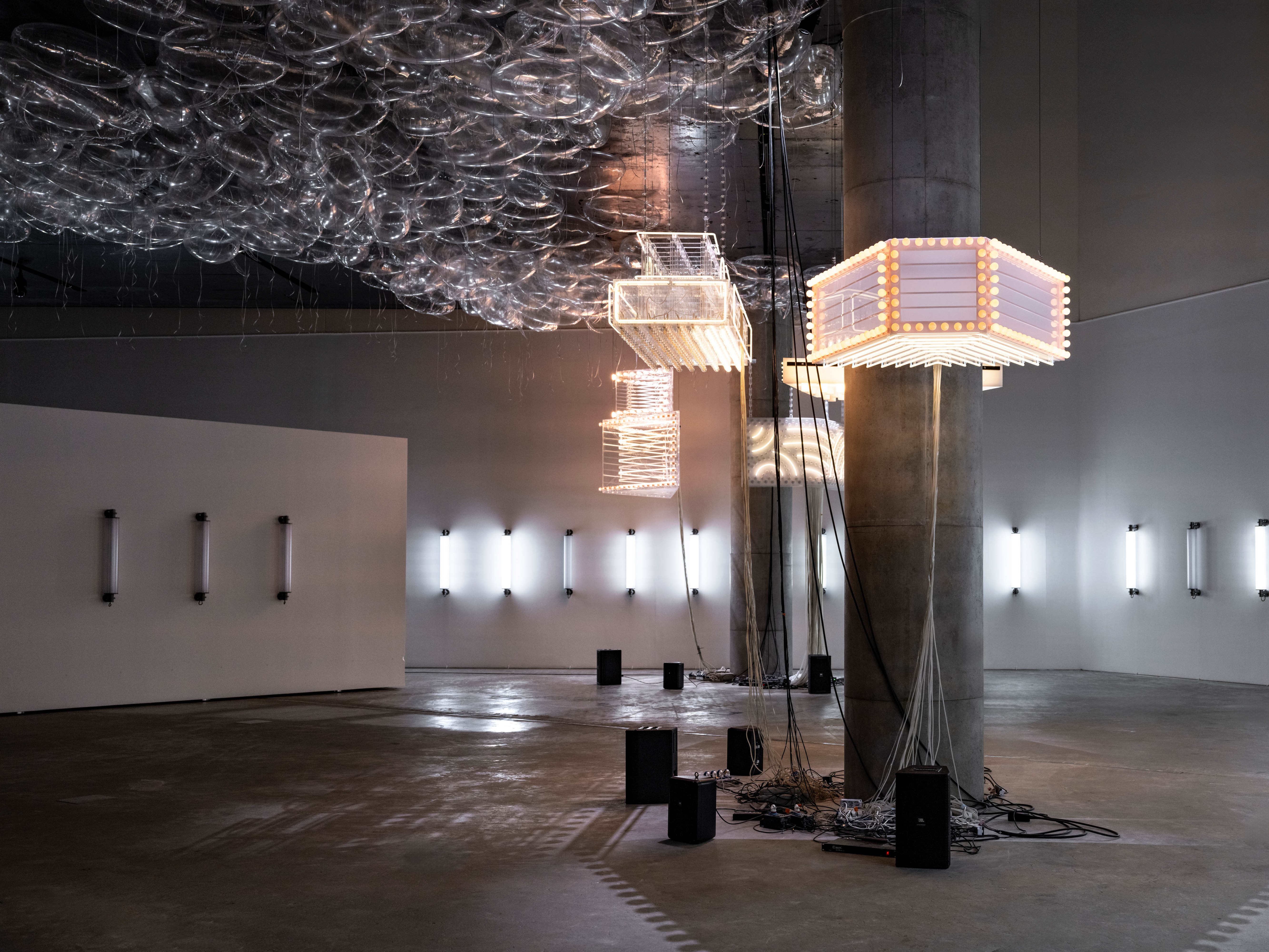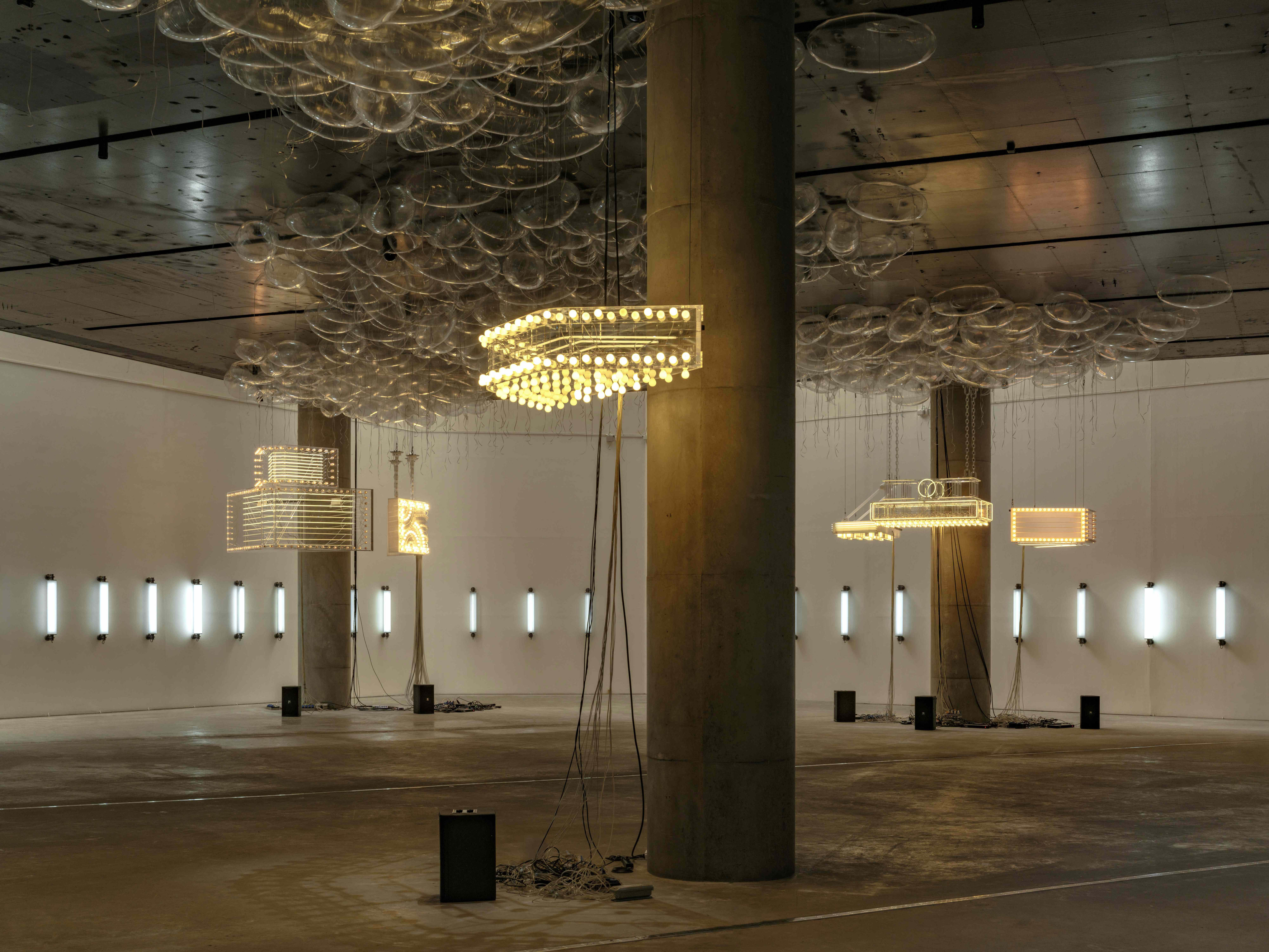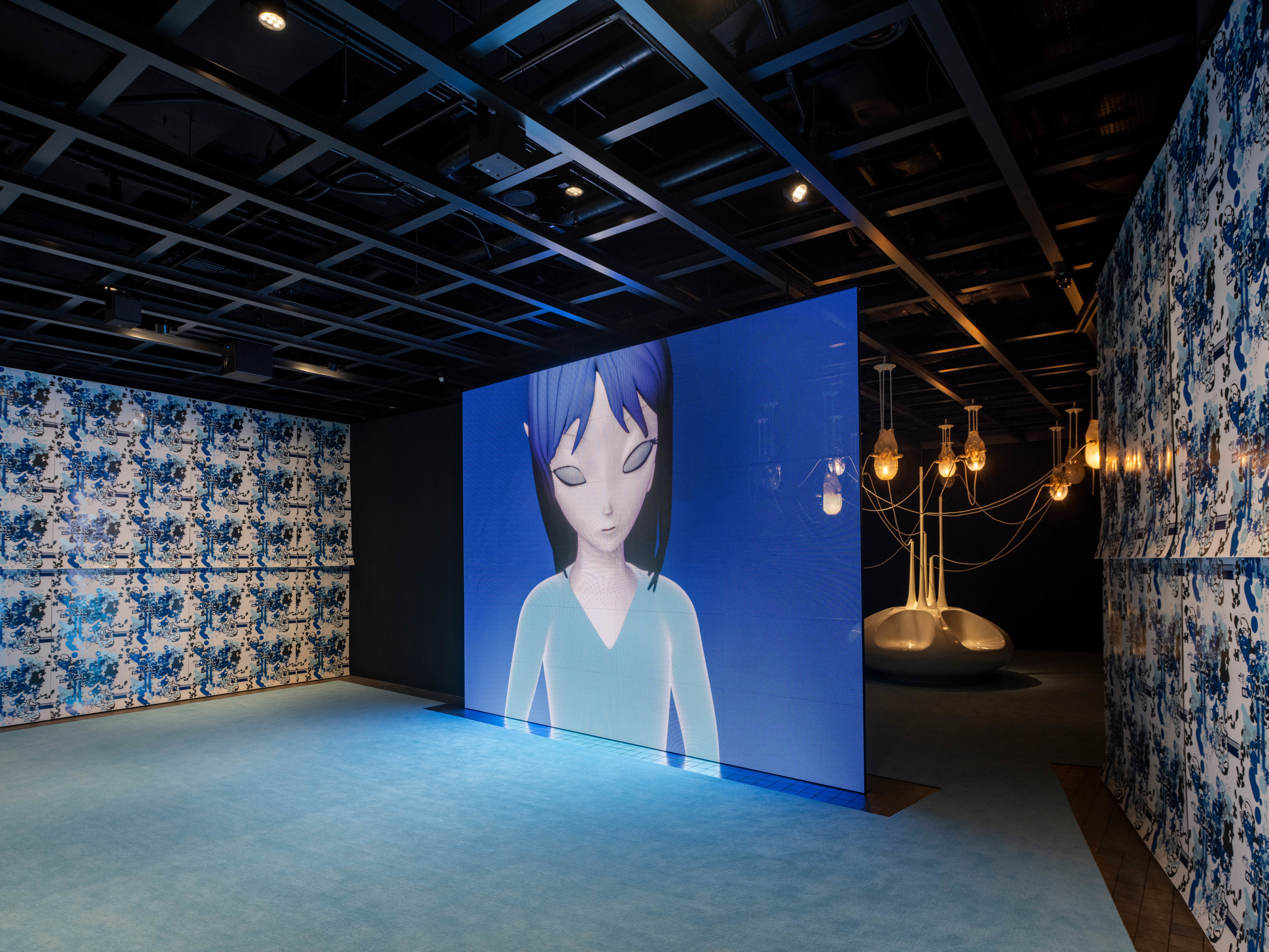Overview
VOICES, the first large-scale solo exhibition of Philippe Parreno's work in Korea, opens at Leeum Museum of Art next week.
Encompassing diverse media, from video and sound to sculpture and drawing, the major survey of the artist's practice includes key and early works from the 1990s, created in collaboration with graphic designers, photographers, musicians, linguists, sound specialists, and actors, among others.
Encompassing diverse media, from video and sound to sculpture and drawing, the major survey of the artist's practice includes key and early works from the 1990s, created in collaboration with graphic designers, photographers, musicians, linguists, sound specialists, and actors, among others.
VOICES, the first large-scale solo exhibition of Philippe Parreno's work in Korea, opens at Leeum Museum of Art next week.
Encompassing diverse media, from video and sound to sculpture and drawing, the major survey of the artist's practice includes key and early works from the 1990s, created in collaboration with graphic designers, photographers, musicians, linguists, sound specialists, and actors, among others.
In addition, the exhibition features a commissioned large-scale outdoor installation that sends environmental data, including temperature, humidity, windspeed, noise levels, air pollution and ground vibrations, into the museum’s interior. As such, VOICES shifts away from an object-centred approach, questioning the interaction between art and the viewer, the relationship between artwork and space, and the ways and attitudes of looking at the exhibition.
Encompassing diverse media, from video and sound to sculpture and drawing, the major survey of the artist's practice includes key and early works from the 1990s, created in collaboration with graphic designers, photographers, musicians, linguists, sound specialists, and actors, among others.
In addition, the exhibition features a commissioned large-scale outdoor installation that sends environmental data, including temperature, humidity, windspeed, noise levels, air pollution and ground vibrations, into the museum’s interior. As such, VOICES shifts away from an object-centred approach, questioning the interaction between art and the viewer, the relationship between artwork and space, and the ways and attitudes of looking at the exhibition.




















